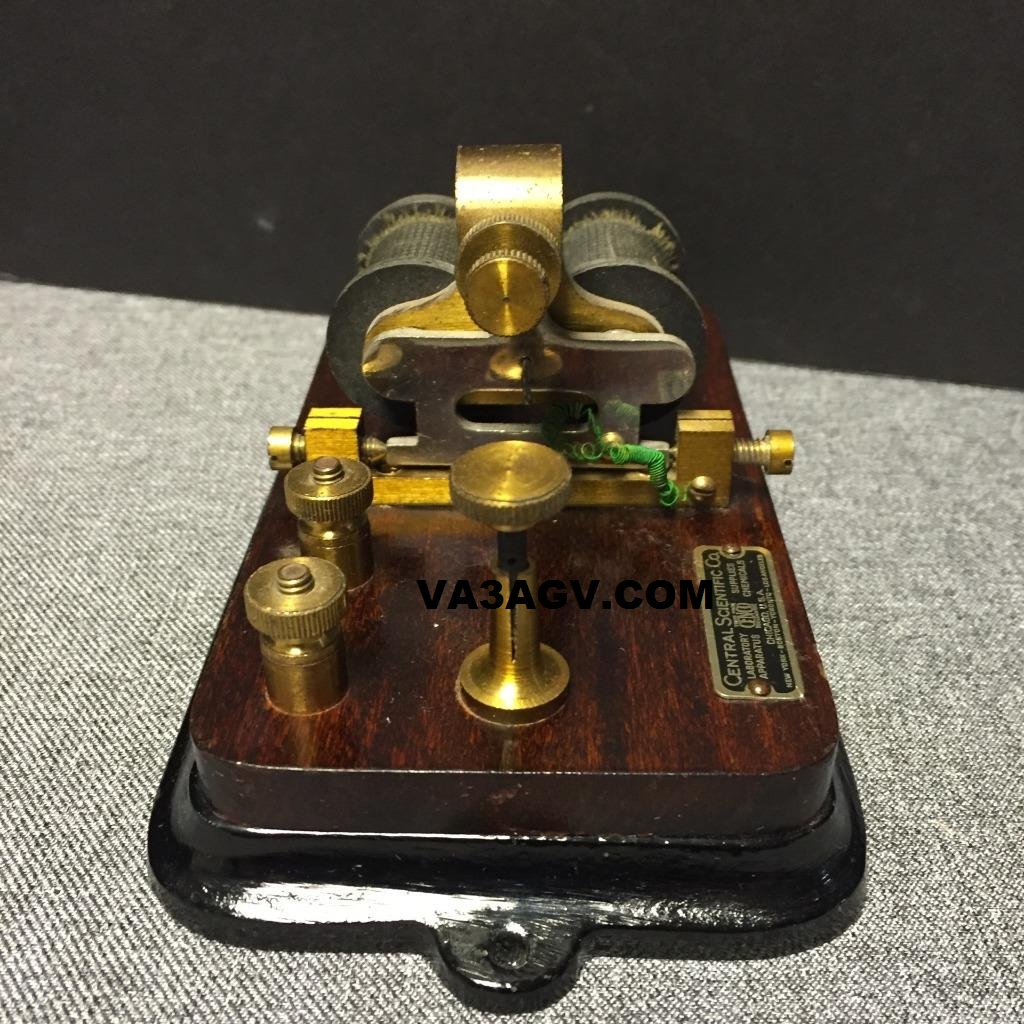
- MORSE DECODER FOR KEYING PRACTICE MANUAL
- MORSE DECODER FOR KEYING PRACTICE CODE
- MORSE DECODER FOR KEYING PRACTICE PLUS
Should do the job until a 'Bencher BY-1' turns up my way.Īnyway, more of my waffle and homebrew antics. I'll need more practice before I let myself loose on air and I've promised an old Ham friend we'll have my first CW contact together. (Much easier on the wrist too and faster!)īeing a 'touch' sensitive key means that there are no mechanical arrangements to adjust (no matter how beautiful those finely engineered keys look) and shouldn't wear out in the years I have left in me.
MORSE DECODER FOR KEYING PRACTICE MANUAL
With the Yaesu keyer circuitry it works well and I can either use it in manual mode like a 'cootie' key, in auto mode with 'dah' on one side and 'dit' on the other or even full iambic mode which once you get used to is a real delight to use such 'squeeze' modes. Here we see it finished and sat atop a block of aluminium (needs to be a tad lower in height) to prevent it skimming across the table :. (Connected to the rig via a phono to 3.5mm stereo jack lead and 1/4 inch stereo jack adapter.) All handily fitting inside an old SCART to Phono connector which is nice and small and get to use the phono connections to boot as well. A few transistors connected as Darlington pairs to interface with my Yaesu FT757gx CW input and keyer (10M ohm resistors to ground needed to tame the 'touch' input somewhat). These were then sweat soldered together to form a couple of 'paddles' with a quick lick of flat black paint to prevent any corrosion.
MORSE DECODER FOR KEYING PRACTICE PLUS
Quick scrounge around the house plus shack and I came up with the following :-Ī couple of buttons from the sewing box and a pair of metal PCB stand-offs. So enthused with my new found 'skills' I've started to move onto the next step of actually sending code.so I'll need a key!

Doesn't take you long though to appreciate the sounds of someone's "fist" or the difference in use of a straight key, paddle, rhythmic 'cootie' or side-swiper with even 'iambic' modes having those lovely timed gaps between words unique to each individual operator.įlipping amazing how your brain can pick it all up through the radio hash too! (Something that most automated CW 'decoders' struggle with.) It's still difficult to do due to the amount of ridiculously fast "machine" sent Morse on air and even when that is sent slower it has that automated droll that is hard to concentrate on. (After pretty much having to 'un-learn' the old method!!) I'm thrilled at now being able to pick out call signs and the basic gist of CW contacts using this method. So recently I've been learning to hear the 'sounds' of Morse as well as the sound of common words and abbreviations.at a steady 20wpm. Unless you meet another equally ill-informed "Lid" operator on air you're not going to be carrying out too many CW contacts!

MORSE DECODER FOR KEYING PRACTICE CODE
I'd been held back by the fact that I was 'advised' many years ago to 'memorise' the code from a lookup table and thereby foolishly create another table in my head.a sure fire way to struggle with slow code so that even 10wpm (words per minute) seems an insurmountable task. I hope you're all well and enjoying your radio.Īs the title suggests I fancied another bash at Morse code.


 0 kommentar(er)
0 kommentar(er)
